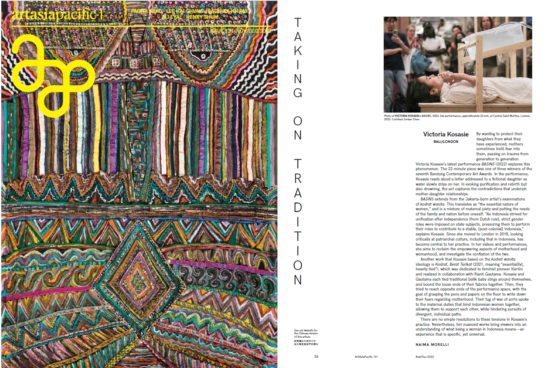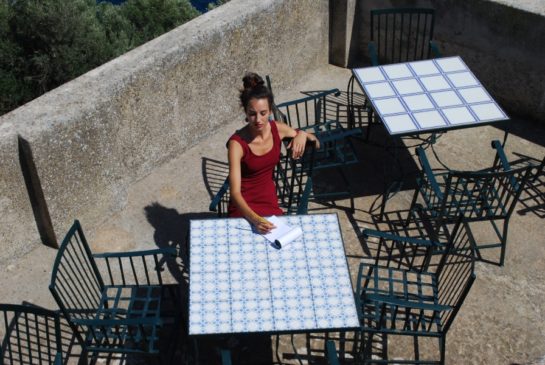
We have read over and over again about the routines of our favourite artists, what time they wake up, and how much time they spend thinking about their art compared to creating works. We have seen pictures of hidden corners in their studios and learnt about their favourite brand of oil paints and their go-to factories to realise installations.
The same goes for curators. We might know the books and theories they reference, and we have become familiar with what drives art collectors. But what is definitely less explored are the joys and sorrows of being an arts writer.
That’s why here at Plural we decided to start a series where we speak with some of the most eloquent arts and culture editors from the region to explore the behind-the-scenes of being a writer.
We kick off the series with Chloe Chu, former Managing Editor at one of the most respected publications in the region and beyond: ArtAsiaPacific (AAP).
Read More

![Le Monnaye de Paris, ASIA NOW’s location [Naima Morelli]](https://i0.wp.com/www.middleeastmonitor.com/wp-content/uploads/2022/10/1e6e4d869ad62566-photo-e1667220053301.jpeg?resize=1197%2C795&quality=85&strip=all&zoom=1&ssl=1)












